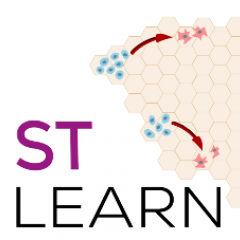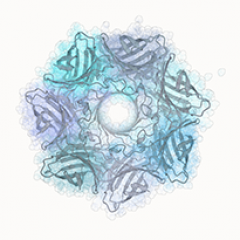Full title
SpaCell: integrating tissue morphology and spatial gene expression to predict disease cells.
Xiao Tan, Andrew Su, Minh Tran, Quan Nguyen
Bioinformatics, Volume 36, Issue 7, 1 April 2020, Pages 2293–2294
Abstract
Spatial transcriptomics (ST) technology is increasingly being applied because it enables the measurement of spatial gene expression in an intact tissue along with imaging morphology of the same tissue. However, current analysis methods for ST data do not use image pixel information, thus missing the quantitative links between gene expression and tissue morphology.
Results
We developed a user-friendly deep learning software, SpaCell, to integrate millions of pixel intensity values with thousands of gene expression measurements from spatially barcoded spots in a tissue. We show the integration approach outperforms the use of gene-count data alone or imaging data alone to build deep learning models to identify cell types or predict labels of tissue images with high resolution and accuracy.
Availability and implementation
The SpaCell package is open source under an MIT licence and it is available at https://github.com/BiomedicalMachineLearning/SpaCell.
Supplementary information
Supplementary data are available at Bioinformatics online.
© The Author(s) 2019. Published by Oxford University Press. All rights reserved. For permissions, please e-mail: journals.permissions@oup.com.
GIH contribution
The authors have acknowledged that the research for this publication was supported by the GIH funded collaborative project "Spatial genomics technologies to study cancer and genetic diseases in tissue contexts".



